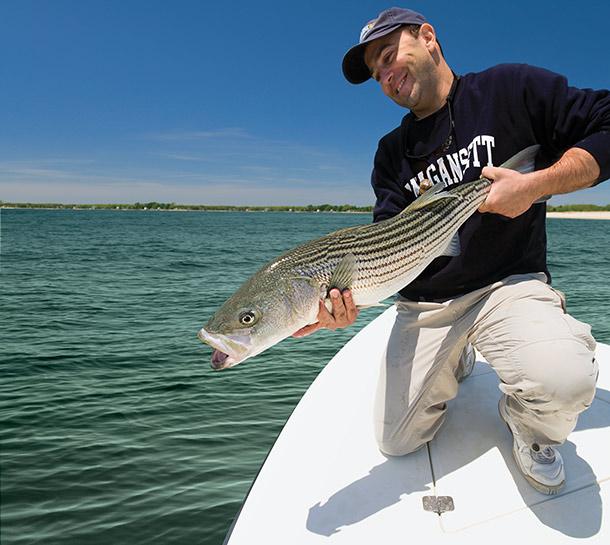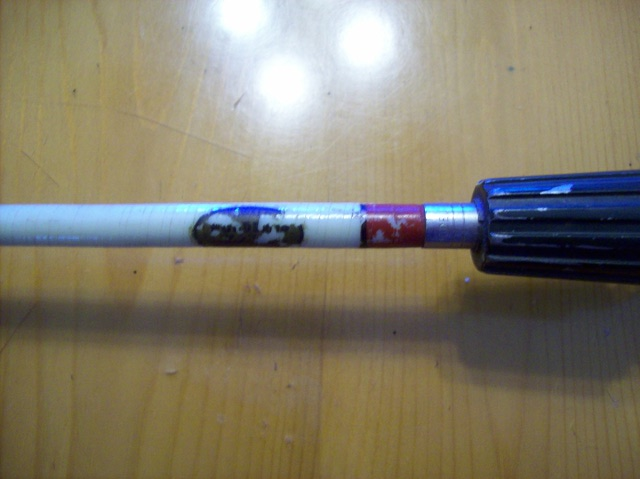warped tip
Question
Mac, I've recently come across a Hardy 8' 2/1 5wt Phantom, Palakona model, no serial number but with the initials c/z. There's still plastic on the handle. It's a beautiful thing. The reason I write though is that it has a warped tip, it looks like it was stored vertically. Is there a way to straighten it? Also, is there a source I can access to identify its vintage? Thanks for your time, jb
Answer
John,
Hardy Information:
I bought on ebay, a cd with pdfs of dates and history of Hardy. I also have copies of the information from the Hardy and Grays Canadian web site that confirms the information on the DVD (they took it down). It is not something I would take into court but my experience has found it to be reliable information. I always use and get a serial number on Hardy rods , check all metal parts carefully.
Price Book:
Antique & Collectible Fishing Rods: Identification & Value Guide Homel, Dan. 1997 (2nd edition 2000) add about 30% for age of book.
Homel doesn't mention c/z, or Hardy serial numbers . But there are other shorter Hardys that to from 300-600 in like new condition.
One of my favorite web sites is Clarks Bamboo Fly Rod Forum , please find discussion on bamboo fly rods at:
http://classicflyrodforum.com/
Hardy History: http://www.articlealley.com/article_634978_32.html
Hardy is still in business in Alnwick, England - on the web:
http://fly.hardyfishing.com/en-gb/home/
You might try the Hardy address and ask the maker, they have been in business for long time and continue. They are like Orvis here in the states.
How to straighten a warped tip:
The way you correct a set is to essentially stretch the fibers along the inside of the curve to match those along the outside of the curve. I don't know of a way to shrink the outside fibers back to where they were so stretching the inside fibers is the only way to even them out again.
You do this in very small amounts, very carefully, and, did I say very slowly? Well, I should have. Small steps, go slow.
Use a steady source of low heat like a hair dryer on low setting. I usually set mine up so it can run constantly hands free and point it up toward the ceiling. Pass the bamboo over the heat while applying light pressure in the opposite direction of the curve or "set" by placing one hand on either side of the curved area...not too close together, you don't want to break anything, just apply some light pressure. Don't let the bamboo stay in the heat long and don't let it get too hot...it will harm the rod finish and the bamboo to get too hot. In other words, pass it over the heat applying a little pressure, then check it to see how much of the bend has been removed, if any. This is a long process that you can't hurry. It is much better, and safer, to go slow and take your time and don't let it get too hot. I'll say that once more, go slow, take your time, do not let it get too hot.
After a while you will notice that the bamboo is returning to straight and any adjustments you make are smaller and smaller increments. Depending on where and how large the "set" is in the rod, you may make a whole series of very minor adjustments or you may be able to remove most of the bend in only a few passes. Experiment, go slow, take your time and don't let it get too hot. Sorry, couldn't resist.
You should know that this is also a technique that can create more problems if you don't do it properly. Check often and from different angles to determine whether or not you are straightening the rod. As long as you are making positive progress, continue. It takes a while.
When you get it pretty close, stop. You are not likely to get it perfectly straight without stripping the rod down and doing a lot more than this to it. Once you have it pretty much back to straight, go fishing.
After you go through all this you have a rod that has some stretched fibers, therefore, you have a rod that could develop a set again at or near the same location. Under normal fishing use, you are likely not to see the set return. If it does and seems to be a frequent problem, you may want to reinforce the area with a wrap of thread which is a whole different topic. Of course, if you you store the rod improperly or tug on snags to excess, you will get another set even in a new rod.
If you are worried about this at all, take the rod to a local rod builder and have the work done. It is a fairly common job for any rod builder like me that works with bamboo rods. On the other hand, it is a fairly easy job to make a mess of if you don't go slow, take your time and keep the heat to a minimum. Be careful if you try it.
Luck,
Mac
Please provide feedback, nominations are appreciated.
very different fishing rod
r.l. winston bamboo rod


